Back to Courses
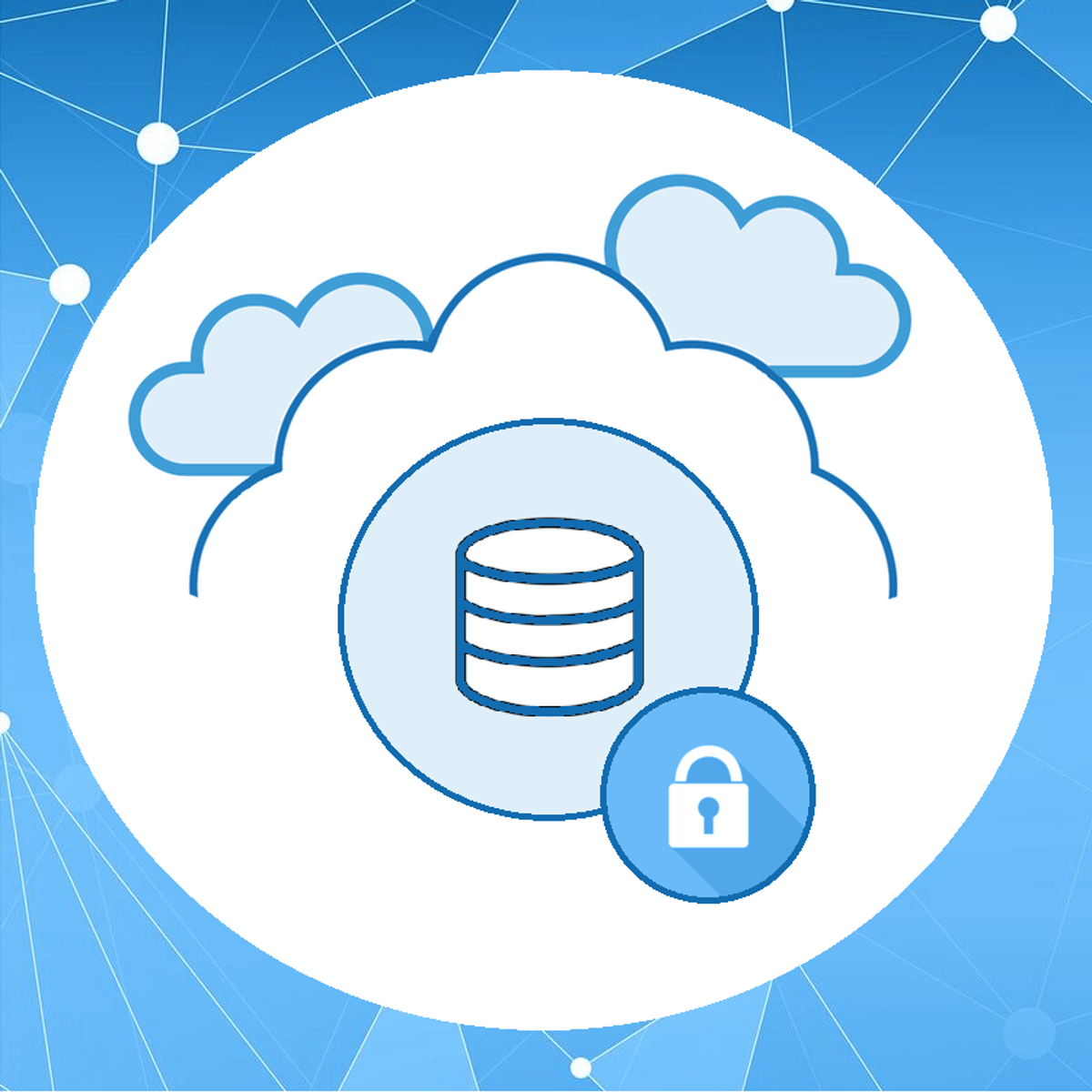
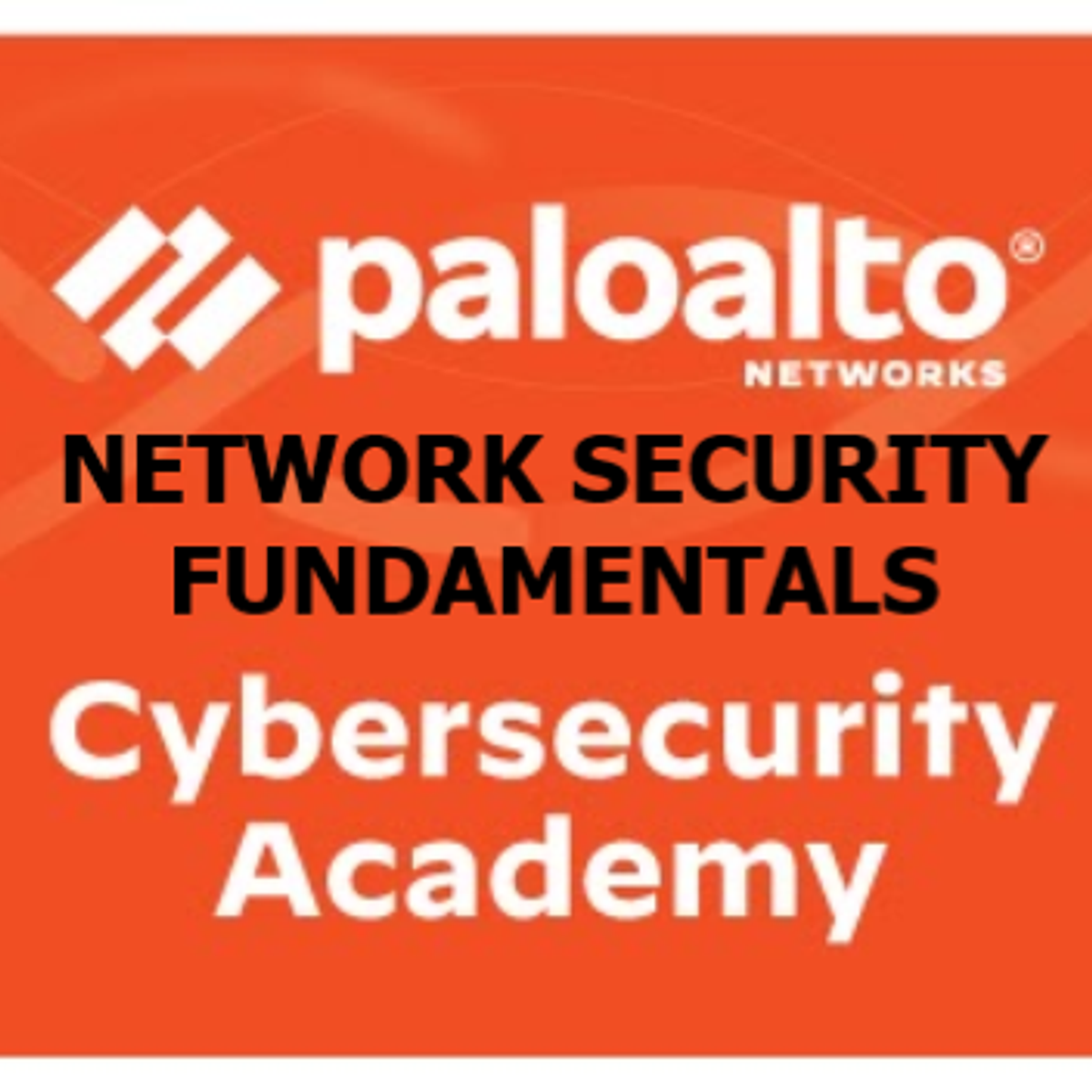

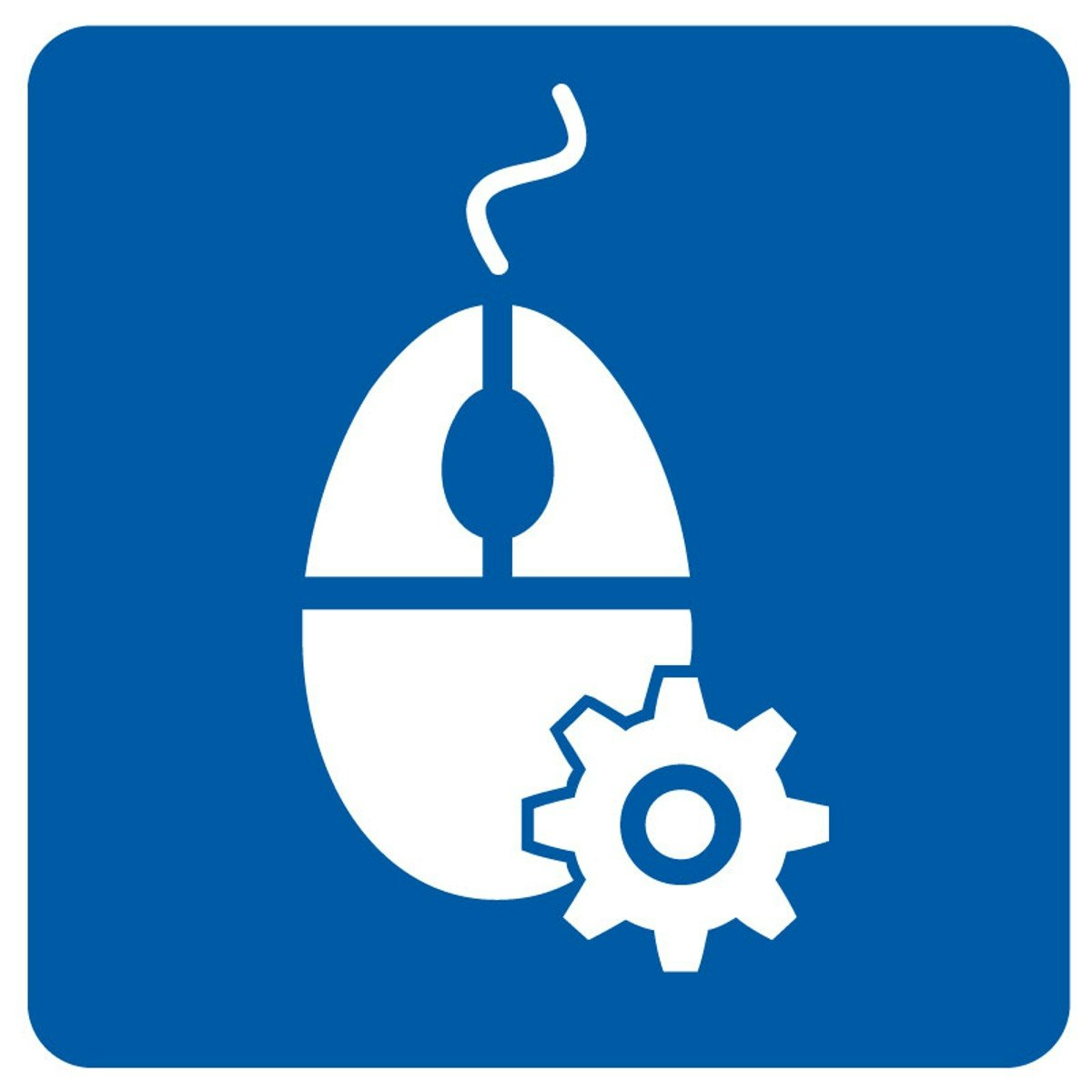

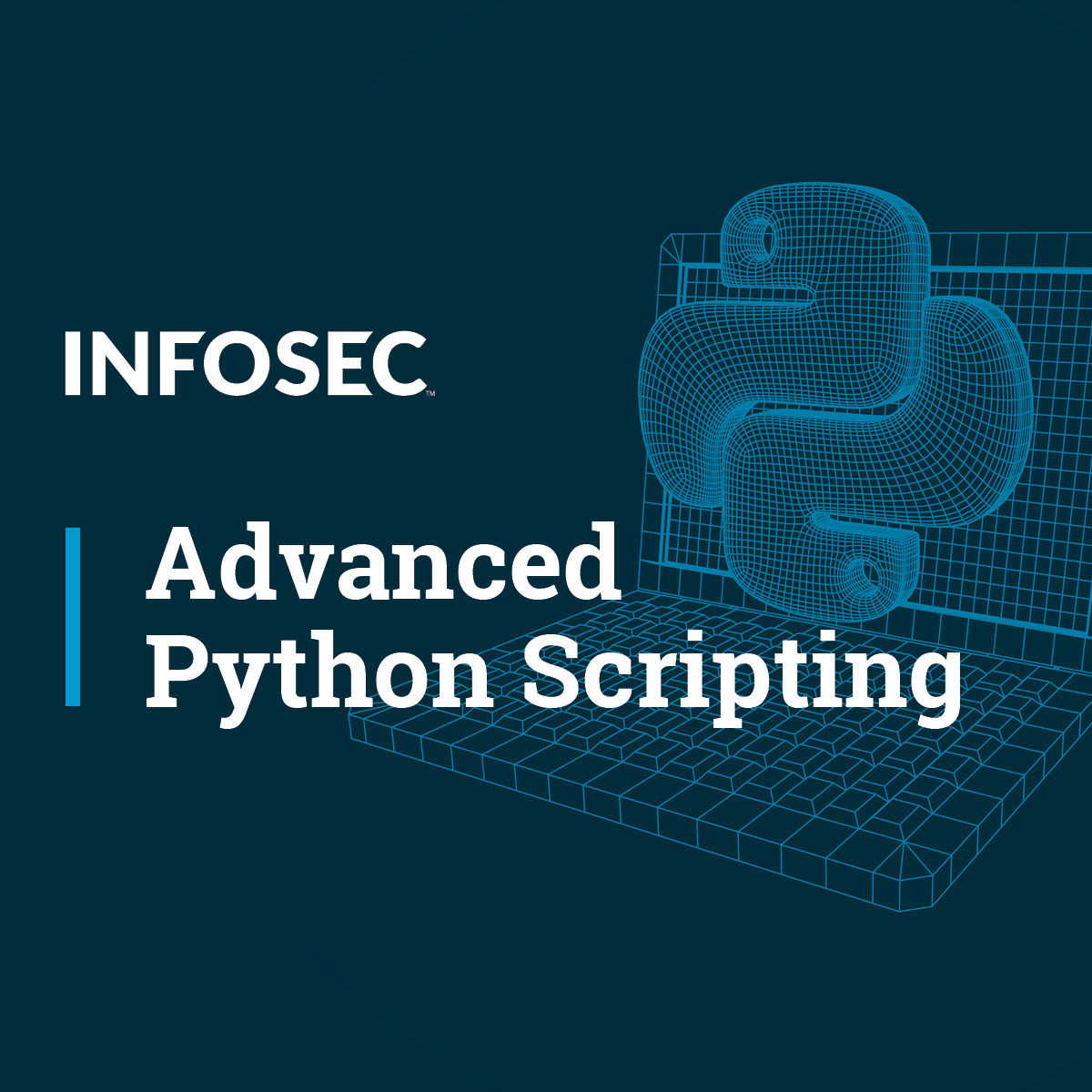


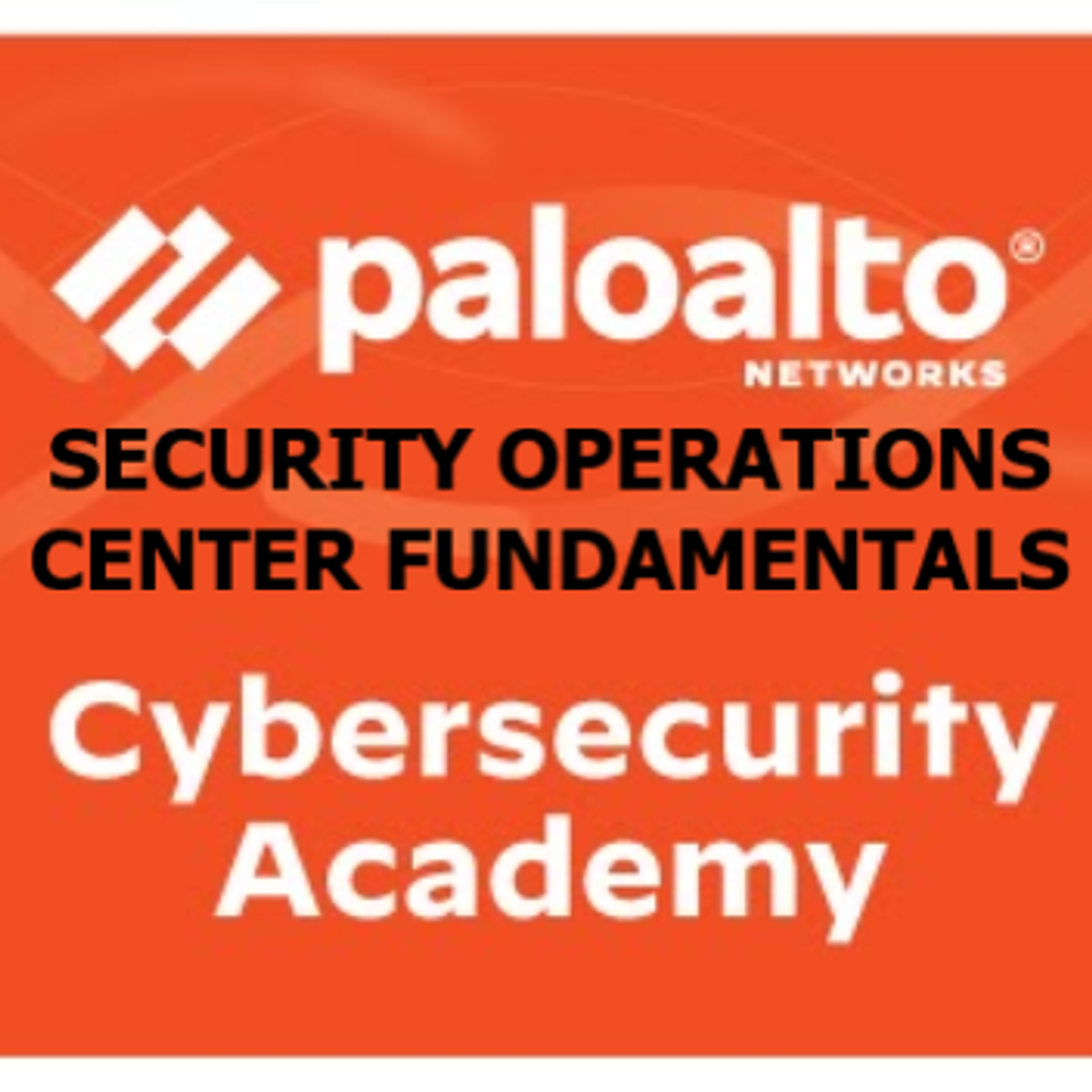
Security Courses - Page 17
Showing results 161-170 of 173

Introduction to Cybersecurity Essentials
Build key skills needed to recognize common security threats and risks. Discover the characteristics of cyber-attacks and learn how organizations employ best practices to guard against them.
Designed specifically for beginners and those who are interested in a Cyber Analyst I or an entry-level Cloud & Security Engineer role, this course dives into the world of cybersecurity to give you the critical skills employers need. This course also supports the needs of technical support roles, who can find themselves on the front lines of defense for cybersecurity issues and is part of the IBM Technical Support Professional Certificate.
Learn about malware and explore methods for securing and managing confidential information. Then, discover how to configure browsers to help reduce security breaches.

Securing Azure SQL Database
In this project you will create a virtual network in Azure and utilize it to limit network access to your Azure SQL Database.
You will create database users and roles to easily manage permissions in your database and enable auditing and system-versioning to monitor data changes over time.
Besides implementing security and auditing features, you will define a backup policy for point-in-time and long-term retention backups.
By completing this project, you will understand how to secure your database and restore your data in case of an accident or a security threat.

Palo Alto Networks Network Security Fundamentals
In this Network Security Fundamentals course you will gain an understanding of the fundamental tenants of network security and review the general concepts involved in maintaining a secure network computing environment. Upon successful completion of this course you will be able to describe general network security concepts and implement basic network security configuration techniques.

NIST DoD RMF
The Risk Management Framework (RMF) provides a disciplined, structured and flexible process for managing security and privacy risk. It includes information security categorization; control selection, implementation and assessment; system and common control authorizations; and continuous monitoring. It includes activities to prepare organizations to execute the framework at appropriate risk management levels. This learning path explains the RMF steps and its processes (aka tasks) which link essential risk management processes at the system level to risk management processes at the organization level. This learning path explains the Risk Management Framework (RMF) and its processes and provides guidance for applying the RMF to information systems and organizations.

Risk Management: Use of Access Controls to Protect Assets
Course 2: Understanding Risk Management Options and the Use of Access Controls to Protect Assets
In this course, we will focus on understanding risk management options and the use of access controls to protect assets. We will start by examining the basic steps that must be in place to develop a security culture within the organization and impacting policies. We will also look into how to write and use them to enforce security requirements. Then we will move on to the actual business of controlling how our systems, services, resources, and data can be accessed safely by authorized persons. We will also cover access control models like MAC, DAC, RBAC, and conclude the chapter with an examination of both LAN and WAN identity management.
Course 2 Learning Objectives
After completing this course, the participant will be able to:
L2.1 - Provide examples of the types of functional security controls and policies for identified scenarios.
L2.2 - Classify various access control models.
L2.3 - Identify components of identity management lifecycle.
L2.4 - Recognize access control and authentication methods.
Course Agenda
Module 1: Document, Implement, and Maintain Functional Security Controls (Domain 1 - Security Operations and Administration)
Module 2: Access Controls Models (Domain 1 - Security Operations and Administration, Domain 2 - Access Controls)
Module 3: Identity Management Lifecycle (Domain 2 - Access Controls)
Module 4: Implement and Maintain Authentication Methods (Domain 2 - Access Controls, Domain 6 - Network and Communication Security)
Who Should Take This Course: Beginners
Experience Required: No prior experience required

Introduction to Privacy - Part 1
This course will explore how to create a privacy program including the dangers, challenges and methods. We will also explore concepts like Privacy governance, Privacy program frameworks and discuss existing legal, standards and frameworks that can be utilized to build your privacy program.

Defensive Python
This course demonstrates the use of Python for network analysis to detect and hijack suspicious connections.

Migrating to GKE Containers
This is a self-paced lab that takes place in the Google Cloud console. This lab teaches you how to migrate a stateless application from running on a VM to running on Kubernetes Engine (GKE). You will learn about the lifecycle of an application transitioning from a typical VM/OS-based deployment to three different containerized cloud infrastructure platforms.

Aruba Network Security Basics
In Aruba Network Security Basics, you will explore what threats pose a risk to a basic computer network and what security technologies are available to harden your devices against these attacks. How do messages get encrypted? What exactly is Malware? What technologies can we deploy that will allow networks to defend themselves? Our lives and business rely on having trusted secure access to our networks, but what does it take to ensure that security? The Aruba Network Security Basics course is a starting point for individuals interested in a career as a security professional, and for anyone to who wants to get familiar with Aruba’s security technologies. To get deeper technical knowledge with Aruba network security, see the Aruba Certified Network Security Associate (ACNSA) here: www.arubanetworks.com/support-services/training-services/certified-network-security-associate/

Palo Alto Networks Security Operations Fundamentals
In this Security Operations Fundamentals course you will gain an understanding of Security Pperations (SecOps) and the role it plays in protecting our digital way of life, for businesses and customers. You will focus on continuous improvement processes to collect high-fidelity intelligence, contextual data, and automated prevention workflows that quickly identify and respond to fast-evolving threats. The course also demonstrates how to leverage automation to reduce strain on analysts and execute the Security Operation Center’s (SOC) mission to identify, investigate, and mitigate threats.
Popular Internships and Jobs by Categories
Browse
© 2024 BoostGrad | All rights reserved


